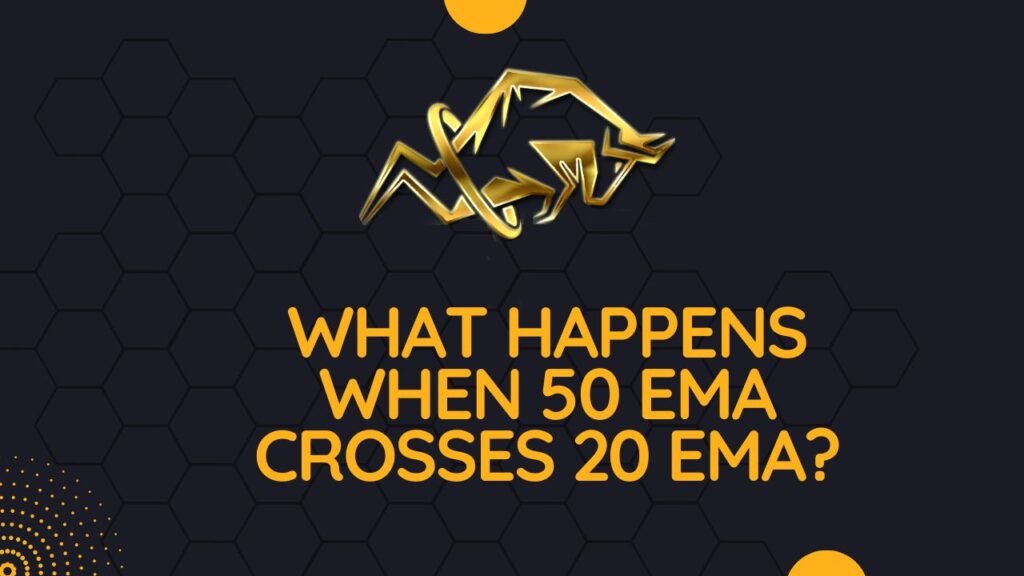
In the world of technical analysis, moving averages play a crucial role in helping traders and investors make informed decisions about market trends. Two commonly used moving averages are the 50 EMA (Exponential Moving Average) and the 20 EMA. What happens when these two EMAs cross paths? Let’s dive into this phenomenon and explore its implications for traders.
The Crossover Strategy
One of the most popular strategies involving EMAs is the crossover strategy. This strategy involves observing the crossing of two different EMAs, typically a short-term EMA and a long-term EMA. In this case, we’re looking at the 20 EMA and the 50 EMA.
Why It Matters:
- Trend Reversal: When the 20 EMA crosses above the 50 EMA, it’s often seen as a potential indicator of a bullish trend reversal. This suggests that the shorter-term trend is gaining strength and might lead to upward momentum in the market.
- Bearish Signal: On the flip side, when the 20 EMA crosses below the 50 EMA, it could signal a potential bearish trend reversal. This might indicate that the shorter-term trend is weakening, and a downward move could be in the cards.
Interpreting the Signal
It’s important to note that the crossover of these two EMAs isn’t a guaranteed predictor of market movements. It’s merely an indication that something significant might be in play. Traders often use this signal in conjunction with other technical indicators and fundamental analysis to make more informed decisions.
Using Other Indicators:
- Volume Analysis: Confirming the crossover with a surge in trading volume can lend more credibility to the potential trend reversal.
- Support and Resistance: Checking for nearby support and resistance levels can provide additional context to the potential price movement.
Applying the Strategy
Traders use the 50 EMA and 20 EMA crossover strategy in various markets, including stocks, forex, and cryptocurrencies. The strategy’s popularity stems from its simplicity and the visual clarity it offers on price trends.
Pros of the Strategy:
- Simplicity: It’s easy to understand and implement, making it suitable for both beginners and experienced traders.
- Visual Confirmation: The crossover is visually apparent on price charts, aiding quick decision-making.
Cons of the Strategy:
- False Signals: Like any technical indicator, crossovers can generate false signals, leading to poor trades.
- Delayed Reaction: Crossovers might not always capture rapid market changes, potentially causing traders to enter or exit trades later than ideal.
Conclusion
When the 50 EMA crosses the 20 EMA, it’s a signal that traders should pay attention to. While not infallible, this strategy can provide valuable insights into potential trend reversals. Remember, successful trading involves a comprehensive approach, combining various indicators and analyses to make the best decisions.
So, the next time you spot the 50 EMA and 20 EMA crossing paths on your charts, take a moment to evaluate the broader context before making your trading choices.
Disclaimer: Trading carries inherent risks, and it’s important to conduct thorough research and consider seeking advice from financial professionals before making any trading decisions.
Sources:
- Investopedia
- TradingView